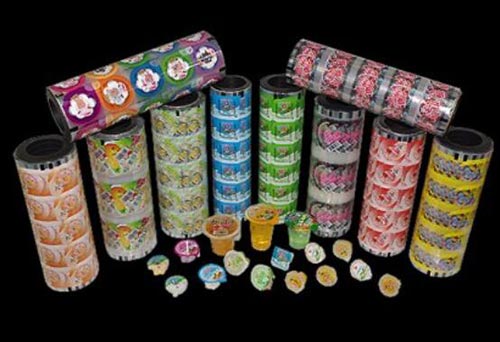Is Lidding film recyclable?
Nov 20,2024 | Views: 169
Whether lidding film is recyclable depends on several factors, including the type of material used, local recycling regulations, and the recycling capabilities of your area. Here are some points to consider:
1. Material Type:
Lidding films can be made from various materials, such as polyethylene (PE), polypropylene (PP), polyester (PET), or other plastics.
- Polyethylene and polypropylene films are often more widely accepted in recycling programs, but this can vary.
- Composite materials that combine different types of plastics or aluminum may not be recyclable through standard processes.
2. Local Recycling Programs:
Recycling capabilities can vary significantly by location. It’s essential to check with your local waste management or recycling facility to see what materials are accepted. Some facilities may have specific guidelines regarding flexible packaging and films.
3. Contamination:
Look for recycling symbols on the packaging. This can provide information on the recyclability of the material. If a specific resin identification code (such as #1 for PET, #2 for HDPE, etc.) is present, it can help in determining whether it is recyclable.
5. Specialized Recycling Programs:
Some manufacturers or brands participate in take-back or specialized recycling programs for flexible packaging, including lidding films. Researching these options may provide a way to recycle materials that are otherwise not accepted in curbside programs.
In summary, while some types of lidding film can be recyclable, it is crucial to verify with local recycling guidelines and the material composition to ensure proper disposal.
Prev: What is Lidding film used for?
Next: Benefits of Foil Lids for Packaging: Quality, Protection, and Branding in One
1. Material Type:
Lidding films can be made from various materials, such as polyethylene (PE), polypropylene (PP), polyester (PET), or other plastics.
- Polyethylene and polypropylene films are often more widely accepted in recycling programs, but this can vary.
- Composite materials that combine different types of plastics or aluminum may not be recyclable through standard processes.
2. Local Recycling Programs:
Recycling capabilities can vary significantly by location. It’s essential to check with your local waste management or recycling facility to see what materials are accepted. Some facilities may have specific guidelines regarding flexible packaging and films.
3. Contamination:
If the lidding film is contaminated with food residues, grease, or other substances, it may not be accepted for recycling. Cleaning the materials before recycling can increase their chances of acceptance.
Look for recycling symbols on the packaging. This can provide information on the recyclability of the material. If a specific resin identification code (such as #1 for PET, #2 for HDPE, etc.) is present, it can help in determining whether it is recyclable.
5. Specialized Recycling Programs:
Some manufacturers or brands participate in take-back or specialized recycling programs for flexible packaging, including lidding films. Researching these options may provide a way to recycle materials that are otherwise not accepted in curbside programs.
In summary, while some types of lidding film can be recyclable, it is crucial to verify with local recycling guidelines and the material composition to ensure proper disposal.





